In the Summary of Opinions at BoJ’s monetary policy meeting on April 27/28, new governor Kazuo Ueda’s debut, revealed the need to continue with current monetary easing despite improved view on inflation outlook.
One member said “attention is warranted for the time being on the possibility of continued high inflation” while another said “achievement of the price stability target of 2 percent is coming into sight”. Meanwhile, “price projections have been raised somewhat”.
Yet, it’s generally agreed that the central bank “should continue with the current monetary easing,” given that inflation is likely to decline ahead, in the background of heightened uncertainties in overseas economies.
Also it’s reiterated that to achieve the inflation target in “sustainable manner”, it needs to be “accompanied by wage increases”. And it’s “necessary” to continue to “firmly support the momentum for wage hikes through monetary easing “.
There was also cautions that “the risk of missing a chance to achieve the 2 percent target due to a hasty revision to monetary easing is much more significant than the risk of the inflation rate continuing to exceed 2 percent.”
One member noted that there is no need to revise the conduct of yield curve control as “distortions on the yield curve are currently dissipating”.
Full BoJ Summary of Opinions here.






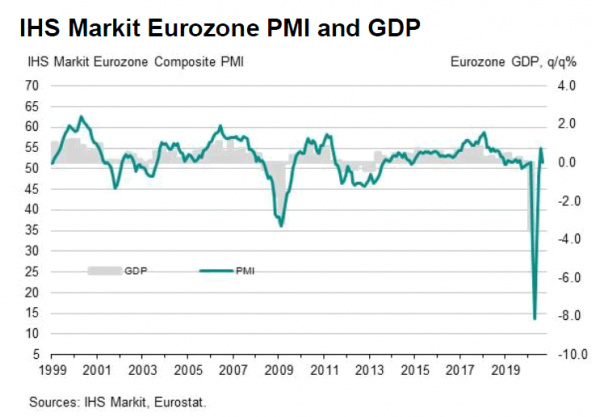
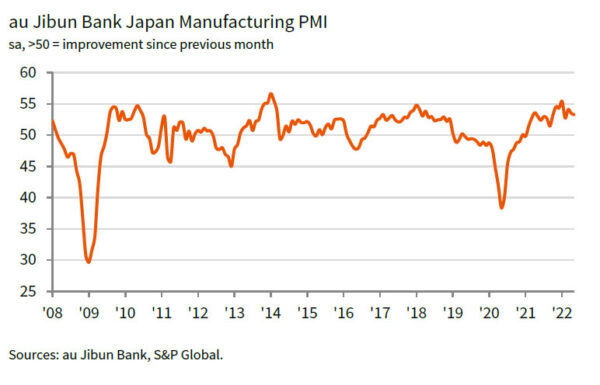
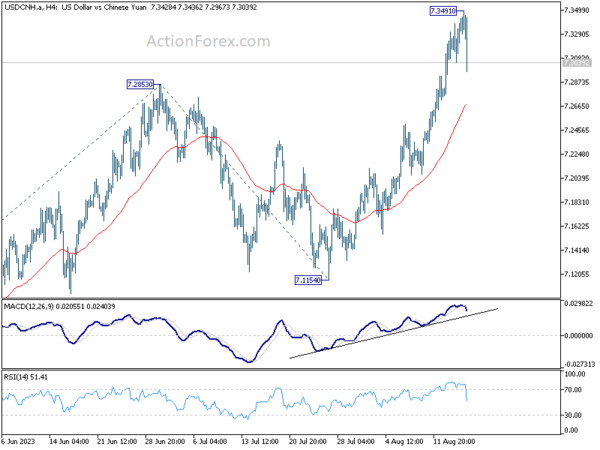
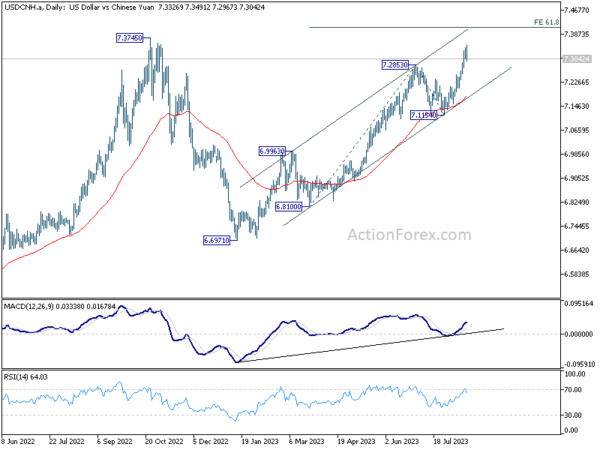
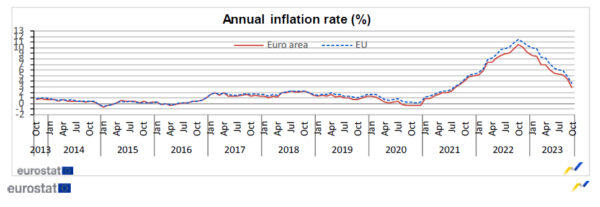

UK Lidington said Brexit deal possible in 24-48 hours, but Hunt doesn’t know when
Comments from UK officials regarding Brexit negotiation are rather confusing today. Cabinet Office Minister David Lidington said that “we’re not quite there yet”. But he emphasized “we are almost within touching distance now. ” And, a deal in the next 24 or 48 hours is “possible but not at all definite”. He was “cautiously optimistic”.
On the other hand, Foreign Minister Jeremy Hunt said “we don’t have a solution yet”. He added “both sides draw encouragement form the fact that so much has been agreed”. And the figure 95% used was “probably accurate”. The 5% is a “difficult 5 percent though”. Hence, “we don’t know when it’s going to be possible to conclude those negotiations.”